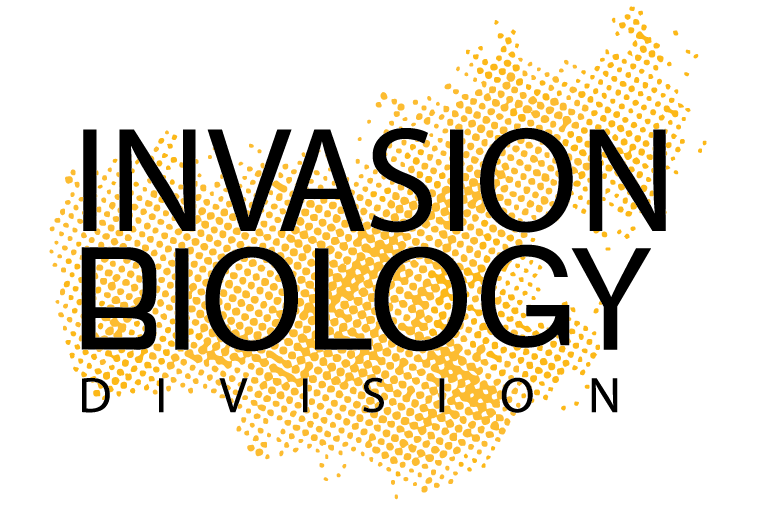Roadside verges are a key corridor for the spread of invasive species and are often considered as invasion hotspots. Invasive plant species are a source of serious problems for both road managers and conservationists. Grassland restoration with seeds of native grassland plant species is a promising solution to control these species. In a recent publication, the CER ‘Lendület’ Seed Ecology Research Group reviewed grassland restoration methods on roadside verges.
The global road network is more than 64 million km long and growing, with road verges occupying nearly 1% of the land area of developed countries. Roadside verges are generally not suitable for industrial, agricultural, or other uses, and can therefore be suitable sites for habitat restoration and creating ecological corridors. For road managers, the ideal situation is to establish a low-input, low-maintenance, permanent vegetation adapted to the site conditions. In many biogeographical regions, roadside verges can provide suitable habitat for drought-tolerant grassland species native to the region, so a well-designed grassland restoration can be an ideal solution from both a conservation and a road management perspective. In the article, the researchers highlight the synergies between these two aspects and the potential and limitations of grassland restoration on roadsides with native species. The most effective way to control invasive plant species is to sow seed mixtures of drought-tolerant and highly competitive plant species native to the region. Although the cost of purchasing these mixtures may exceed the cost of purchasing seed mixtures commonly available commercially, they can provide a more cost-effective solution. Usually, commercial seed mixtures contain seeds of species that are not native or not adapted to the site conditions, and therefore the establishment and survival of the species sown is often unsuccessful. The main message of the review article is that grassland restoration in roadside habitats offers a unique opportunity to control invasive species, establish green corridors, create new habitats, and provide a range of ecosystem services.
The paper can be downloaded from here:
Valkó, O., Fekete, R., Molnár V., A., Halassy, M., Deák, B. (2023): Roadside grassland restoration: Challenges and opportunities in the UN decade on ecosystem restoration. Current Opinion in Environmental Science and Health 34:100490.



